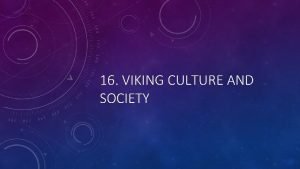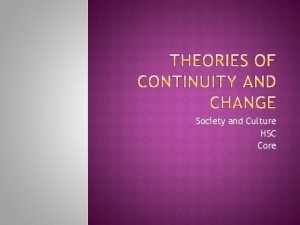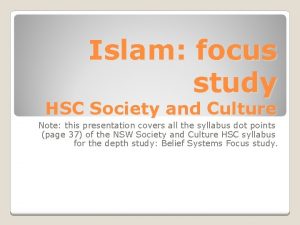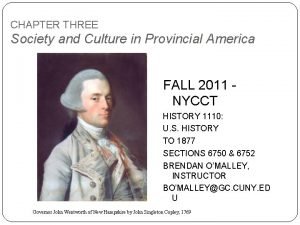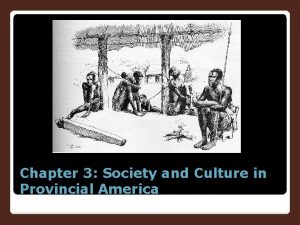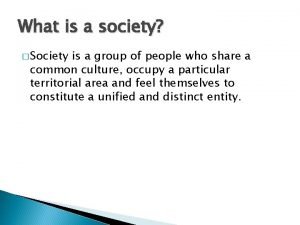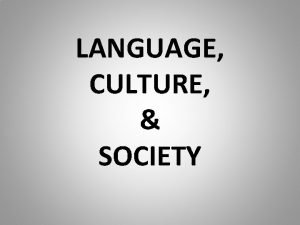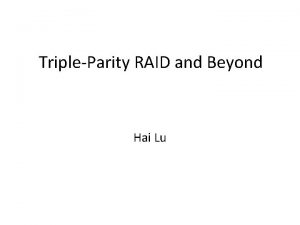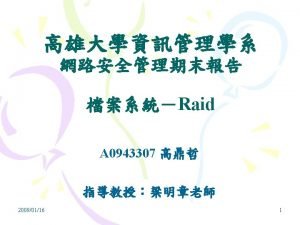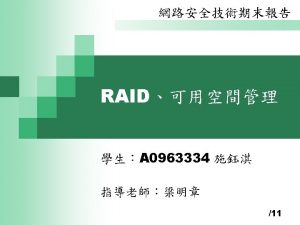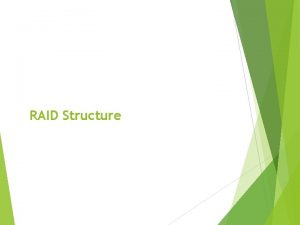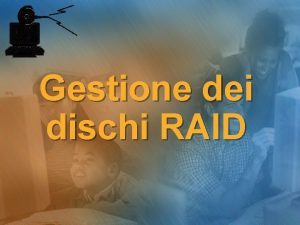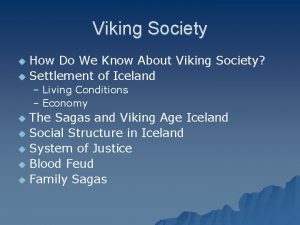16 VIKING CULTURE AND SOCIETY THE VIKING RAID









- Slides: 9

16. VIKING CULTURE AND SOCIETY

THE VIKING RAID ON NORTHUMBRIA In 793, Viking raiders attacked the defenseless monastery of St. Cuthbert on Lindisfarne. The Vikings made off with treasure and a clutch of captives. This was the first ever recorded raid by the Vikings, seaborne pirates from Scandinavia who would continue to prey on coastal communities in north-western Europe for the next two centuries.

WHO WERE THE VIKINGS? The “Vikings” were from what is now Denmark, Norway, and Sweden. Their homeland was overwhelmingly rural, with very few towns. They earned a meager living farming or fishing. Advances in shipping technology in the 7 th and 8 th centuries enabled the creation of longships, swift shallow-drafted boats that could navigate coastal and inland waters

WHY DID THE VIKINGS BEGIN RAIDING? It is possible that local overpopulation. It may have been political instability. Or it may have been news of riches to be found in trading settlements further west. It was probably a combination of the three. Regardless, in 793 the Vikings raided Lindisfarne and within a few years further Viking bands struck Scotland (794), Ireland (795), and France (799).

THE VIKING ECONOMY Most Scandinavians were farmers, but there were also blacksmiths, armorers, brewers, merchants, weavers, luthiers (those who made stringed instruments), drum-makers, poets, musicians, craftsmen, carpenters, jewelers, and many other occupations. A significant source of income was the trading of amber, the fossilized resin of the pine tree – which they had in abundance.

VIKING SOCIETY Viking society was divided into three classes: • Jarls: the aristocracy • Karls: the lower class • Thralls: those who were enslaved Upward mobility was possible for Karls but not Thralls. Regional Jarls built great halls in which they redistributed the booty that they had secured through raids. Uniting these regional Jarls was very difficult and Viking political society was decentralized.

WOMEN IN VIKING SOCIETY Women had greater freedom in Viking society than in others of the time. They could inherit property, choose where and how to live if unmarried, own their own businesses (such as breweries, taverns, shops, and farms). Women also were prophets for the goddess Freya or the god Odin and often interpreted the gods’ messages for people. Neither men or women got to choose who they married. Some women also appear to have fought in battle as shield maidens.

VIKING RELIGION The Vikings were polytheistic. Their chief gods were Odin (the chief god in Norse mythology), Thor (the god of thunder) and Freyr (the god of fertility). Vikings offered sacrifices to the gods and often worshiped them in nature. There was no hierarchy to their religion that we have found. Most Viking warriors hoped they would end up in Valhalla when they died. Valhalla was an afterlife for those who died honorably in combat. Detailed stone relief representing the divine triad: Odin, Thor, and Freyr The old or sick went to an underworld named Hel and there was a special place of misery reserved for murderers, adulterers, and oath breakers.

THE VIKING RAIDS ON EUROPE
 Viking hierarchy
Viking hierarchy Society and culture hsc
Society and culture hsc Hsc society and culture
Hsc society and culture Society and culture pip
Society and culture pip Culture that generally pursued by the upper class
Culture that generally pursued by the upper class Society and culture in provincial america
Society and culture in provincial america Chapter 3 society and culture in provincial america
Chapter 3 society and culture in provincial america Vce chinese language culture and society
Vce chinese language culture and society Nature of society in sociology
Nature of society in sociology What is the relationship between the society and culture
What is the relationship between the society and culture
